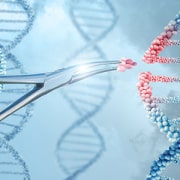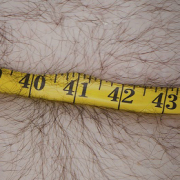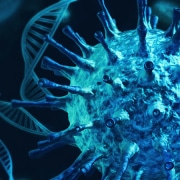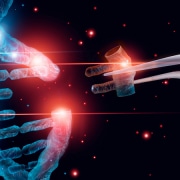Gene duo hints at future cure for heart disease
A study has identified an interaction between two genes that could cause cells in the heart to replicate, opening the door to the first curative treatment for heart disease
While searching for a way to turn off a cancer-causing gene, researchers from the University of Cambridge instead found that this and another gene could be linked to replication of cells within the heart, therefore enabling potential recovery from heart failure.
The discovery was made during an investigation into c-myc (MYC), a gene that is often overactive in individuals with cancer. The study, published in Nature Communications, found that its interaction with another gene, CCNT1, could be the cause of cell replication in the heart.
“This is really exciting because scientists have been trying to make heart cells proliferate for a long time. None of the current heart disease treatments are able to reverse degeneration of the heart tissue – they only slow progression of the disease,” said study leader Dr Catherine Wilson.
What is heart failure?
In adults, heart muscle cells (cardiomyocytes) are not able to divide and grow new tissue. Following a heart attack, as many as a billion of these cells can die and, since they cannot replicate, scar tissue will take their place. This scar tissue will hold the heart together but cannot beat like the muscle tissue, so the heart is permanently weakened.
There is currently no cure for heart failure, and according to the British Heart Foundation more than 900,000 people are currently living with the condition in the UK. As well as further heart attacks, people with heart failure are also more likely to have a stroke.
The MYC gene
The MYC gene makes a transcription factor (a protein that binds to DNA and activates other genes) that plays a key role in cell replication. It is normally turned off in adult cells, except during carefully controlled divisions. In cancer, where cell replication continues uncontrollably, MYC is often overactive, making it a potential target for novel therapies.
The discovery was made when researchers were trying to improve their understanding of the MYC gene by encouraging its overactivity in different tissues in mice. As expected, the overactive gene caused cancers to form in target organs, such as the lungs, liver and intestines. It did not increase cell replication in cardiomyocytes, however.
It was found that although the was being produced in the heart cells and was successfully binding to the target DNA sequences, the genes that trigger the next steps in cell division did not activate, even when the transcription factor attached.
Upon further investigation, the researchers discovered that a second protein necessary for gene expression called cyclin-T1 was also missing in the heart cells. They found that it was only when the CCNT1 gene (which codes for cyclin T1) was expressed in combination with MYC that the cardiomyocytes were stimulated to divide.
Future therapy
The team plan to continue this line of study and will be testing the findings in human tissue, hoping that their work will pave the way for a gene therapy approach to cure heart failure. However, they point out that any such approach would have to be carried out with utmost care to make sure that heart tumours are not caused.
Dr Wilson said: “We want to use short-term, switchable technologies to turn on MYC and CCNT1 in the heart. That way we won’t leave any genetic footprint that might inadvertently lead to cancer formation.”
–









